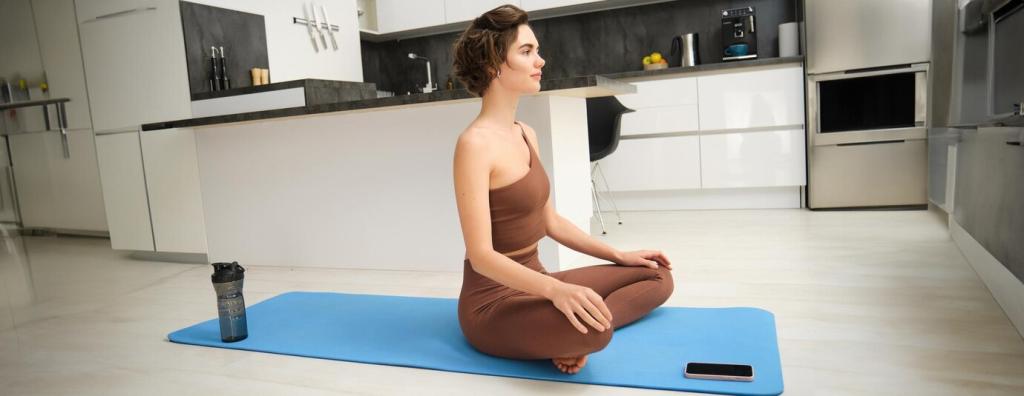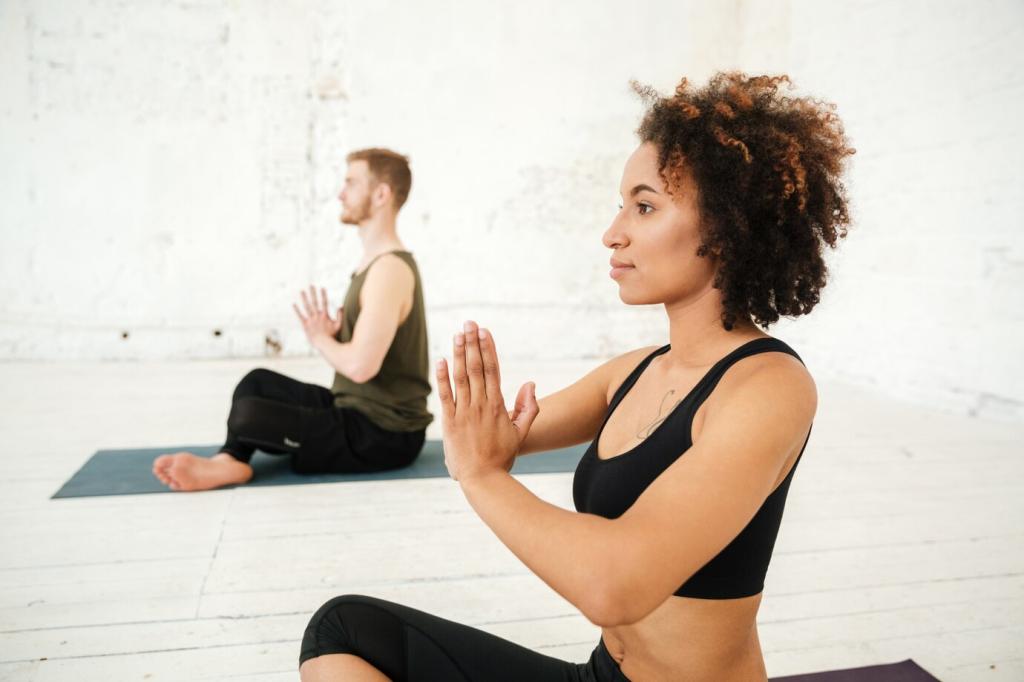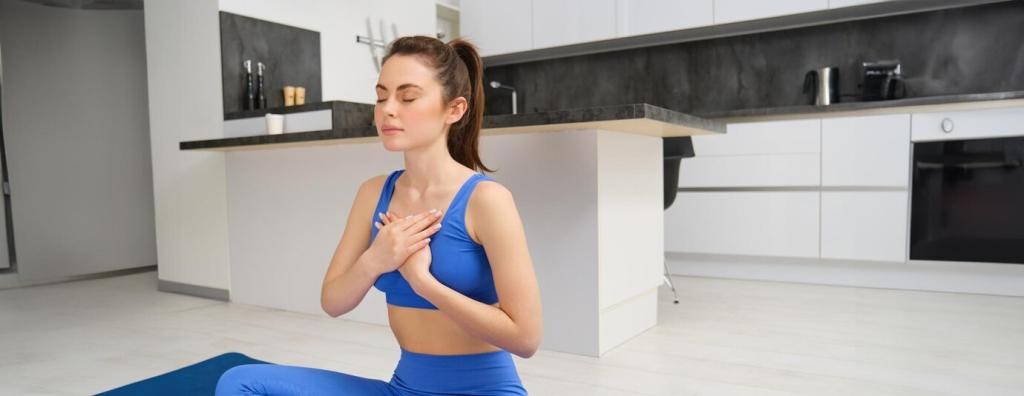Breathwork Routines for Steady Emotions
Inhale four, hold four, exhale four, hold four. Repeat for three minutes while relaxing your shoulders and softening your gaze. Use it before tough conversations or big decisions. Comment with where you tried it today, and we will send tailored pacing tips for your schedule.
Breathwork Routines for Steady Emotions
Nadi shodhana balances left and right channels, harmonizing alertness and ease. Gently close one nostril, inhale, switch, exhale; continue slowly. Many readers report clearer focus after two minutes. If you are new, start short and share your first impressions in the thread below.




